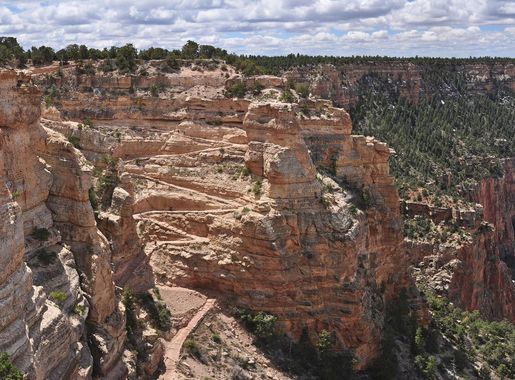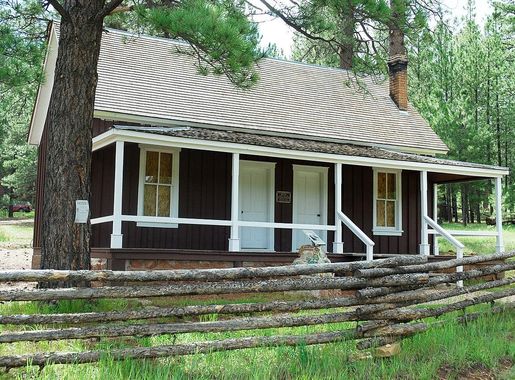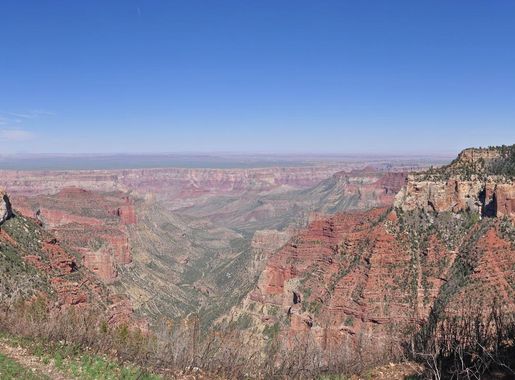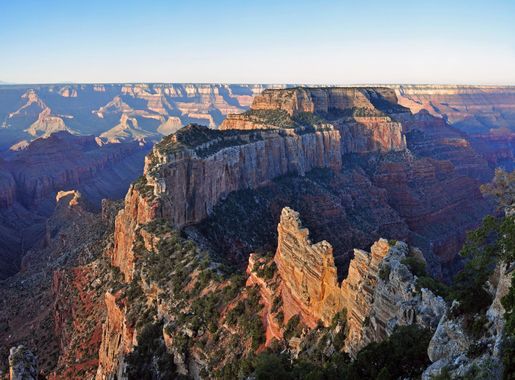
Kaibab National Forest: Nature's Wonderland in Arizona
Discover the Kaibab National Forest: An Arizona gem with stunning landscapes, diverse wildlife, and endless outdoor adventures waiting to be explored.
Kaibab National Forest, located in northern Arizona, is a treasure trove of natural beauty and outdoor adventure. Covering over 1.6 million acres, this forest offers visitors a diverse landscape that includes towering pine trees, verdant meadows, and stunning canyons. The forest is divided into three main sections: the North Kaibab Ranger District, the South Kaibab Ranger District, and the Williams Ranger District, each offering unique experiences and breathtaking vistas. One of the forest's highlights is the North Kaibab Ranger District, which borders the Grand Canyon. This area is less traveled than the South Rim, providing a more serene and intimate experience with nature. Hikers can explore trails like the North Kaibab Trail, which descends into the Grand Canyon, offering panoramic views and encounters with local wildlife. For those seeking a more leisurely visit, the scenic drives through the forest are a great way to soak in the beauty without strenuous activity. The South Kaibab Ranger District is home to the famous Kaibab Plateau, a high elevation forest that boasts some of the oldest trees in the region. This area is perfect for bird watching, with species like the California condor and the northern goshawk frequently spotted. Meanwhile, the Williams Ranger District, located near the town of Williams, provides easy access to amenities and services, making it a convenient base for exploring the forest. Here, visitors can enjoy activities like camping, fishing, and horseback riding. No matter which part of Kaibab National Forest you choose to explore, you will be treated to an array of outdoor activities, stunning landscapes, and the tranquility of nature. It's a destination that promises both adventure and relaxation, making it a must-visit for nature lovers and outdoor enthusiasts.
Local tips in Kaibab National Forest
- Visit during shoulder seasons (spring and fall) to avoid crowds and enjoy mild weather.
- Carry plenty of water and sun protection, as temperatures can vary greatly.
- Check for road and trail closures before your visit, especially during winter months.
- Bring binoculars for bird watching, especially in the South Kaibab Ranger District.
- Consider camping in the forest to fully immerse yourself in the natural surroundings.
Kaibab National Forest: Nature's Wonderland in Arizona
Kaibab National Forest, located in northern Arizona, is a treasure trove of natural beauty and outdoor adventure. Covering over 1.6 million acres, this forest offers visitors a diverse landscape that includes towering pine trees, verdant meadows, and stunning canyons. The forest is divided into three main sections: the North Kaibab Ranger District, the South Kaibab Ranger District, and the Williams Ranger District, each offering unique experiences and breathtaking vistas. One of the forest's highlights is the North Kaibab Ranger District, which borders the Grand Canyon. This area is less traveled than the South Rim, providing a more serene and intimate experience with nature. Hikers can explore trails like the North Kaibab Trail, which descends into the Grand Canyon, offering panoramic views and encounters with local wildlife. For those seeking a more leisurely visit, the scenic drives through the forest are a great way to soak in the beauty without strenuous activity. The South Kaibab Ranger District is home to the famous Kaibab Plateau, a high elevation forest that boasts some of the oldest trees in the region. This area is perfect for bird watching, with species like the California condor and the northern goshawk frequently spotted. Meanwhile, the Williams Ranger District, located near the town of Williams, provides easy access to amenities and services, making it a convenient base for exploring the forest. Here, visitors can enjoy activities like camping, fishing, and horseback riding. No matter which part of Kaibab National Forest you choose to explore, you will be treated to an array of outdoor activities, stunning landscapes, and the tranquility of nature. It's a destination that promises both adventure and relaxation, making it a must-visit for nature lovers and outdoor enthusiasts.
When is the best time to go to Kaibab National Forest?
Iconic landmarks you can’t miss
Horseshoe Bend
Experience the breathtaking beauty of Horseshoe Bend, a stunning natural formation showcasing the majestic Colorado River winding through Arizona's landscapes.

Desert View Watchtower
Explore the majestic Desert View Watchtower at Grand Canyon, a historical landmark offering breathtaking views and rich cultural heritage.

Mather Point
Experience breathtaking views at Mather Point, a premier vista in Grand Canyon National Park, showcasing the stunning beauty of one of nature's wonders.
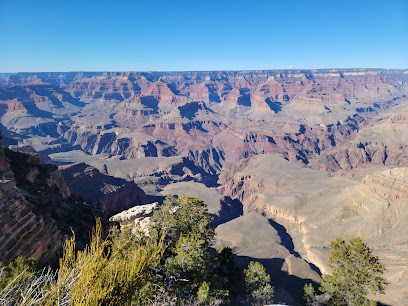
Grandview Point
Experience the awe-inspiring views of Grand Canyon's Grandview Point, where nature's beauty comes alive in every breathtaking vista.
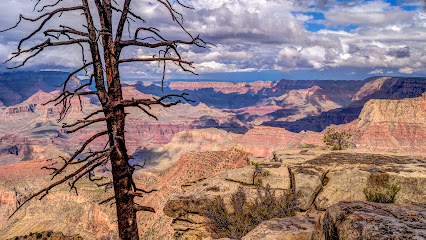
Bright Angel Trailhead
Explore the stunning Bright Angel Trailhead in the Grand Canyon, where breathtaking views and unforgettable hiking adventures await.
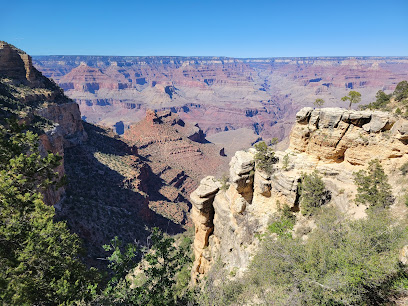
Yavapai Point
Experience breathtaking views of the Grand Canyon at Yavapai Point, an iconic vista point that combines stunning landscapes with rich geological history.
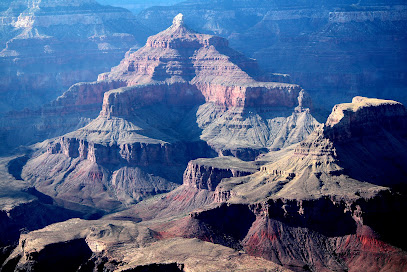
Glen Canyon Dam Overlook
Experience the breathtaking beauty of Glen Canyon at the Glen Canyon Dam Overlook, a must-visit vista point in Arizona showcasing stunning landscapes.
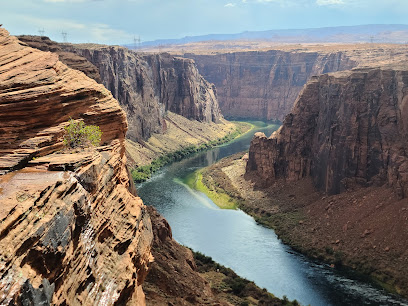
Hopi Point
Experience the breathtaking views and colorful landscapes at Hopi Point, a must-see attraction in the Grand Canyon National Park.
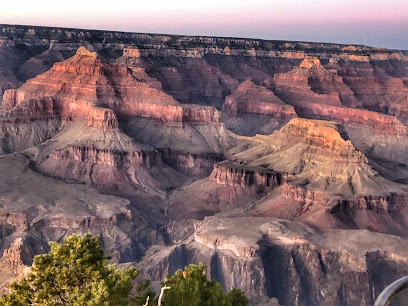
Navajo Point
Discover the stunning vistas at Navajo Point, where breathtaking views of the Grand Canyon await every traveler.
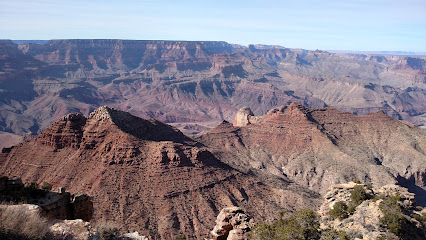
Grand Canyon Railway
Embark on a scenic adventure aboard the Grand Canyon Railway, where stunning landscapes and historic charm await every traveler.
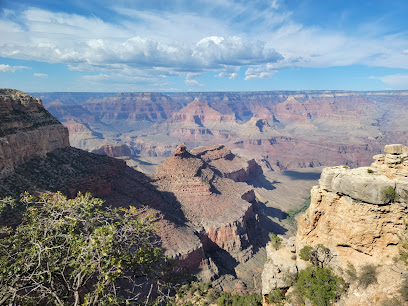
Sunset Crater Volcano National Monument
Explore the breathtaking landscapes of Sunset Crater Volcano National Monument, where ancient volcanic activity meets stunning natural beauty in Arizona.
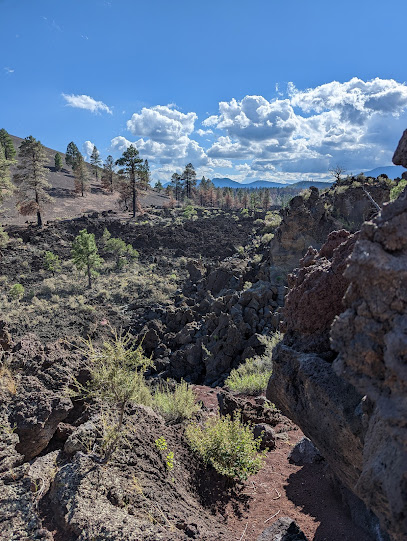
Mohave Point
Discover breathtaking views of the Grand Canyon at Mohave Point, a stunning vista point perfect for photography and serene nature experiences.
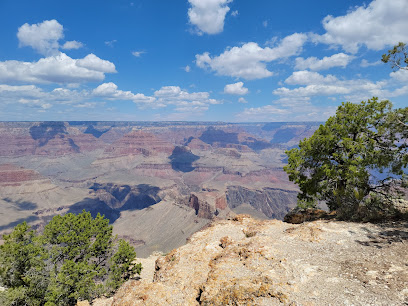
Wupatki National Monument
Discover the ancient wonders of Wupatki National Monument, a captivating national reserve showcasing Puebloan ruins and breathtaking landscapes in Arizona.

Moran Point
Experience the awe-inspiring beauty of Moran Point, a breathtaking scenic viewpoint in Grand Canyon National Park, where nature's artistry unfolds.
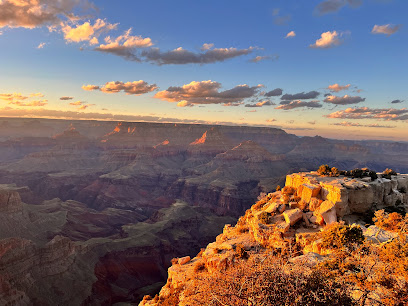
Yaki Point
Experience breathtaking views at Yaki Point, the ultimate scenic spot in Grand Canyon National Park, where nature's beauty unfolds in vibrant hues.
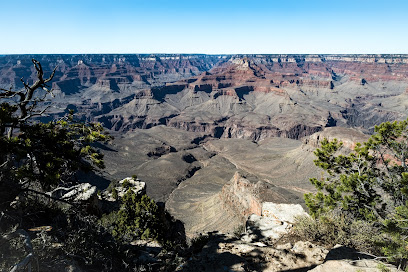
Unmissable attractions to see
Grand Canyon National Park
Discover the breathtaking beauty and adventure of Grand Canyon National Park, where nature's artistry creates unforgettable landscapes.
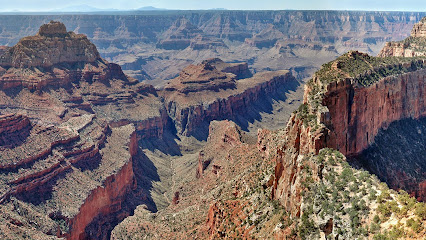
Grand Canyon Visitor Center
Discover the Grand Canyon Visitor Center - your essential hub for exploring the breathtaking beauty and thrilling adventures of this iconic natural wonder.
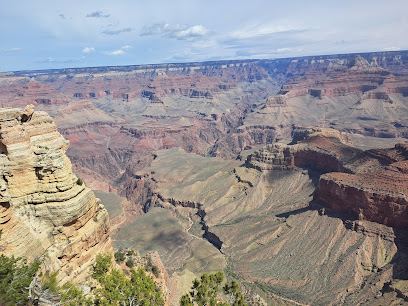
Desert View Watchtower
Discover the Desert View Watchtower: A stunning observation point offering panoramic views of the Grand Canyon's breathtaking landscapes and rich history.
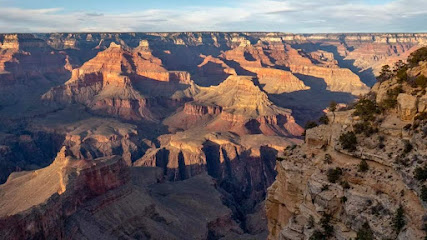
Grandview Point
Experience the majestic beauty of Grandview Point in Grand Canyon National Park, where stunning vistas and thrilling hiking trails await.
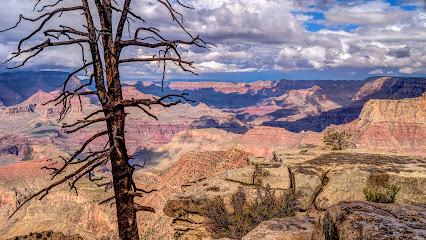
Bright Angel Trailhead
Discover the beauty of the Grand Canyon at Bright Angel Trailhead, where breathtaking views and hiking adventures await you.
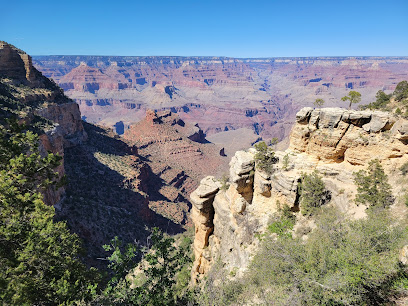
Yavapai Point
Experience the breathtaking views and rich geological history at Yavapai Point in Grand Canyon National Park, a must-see for every nature lover.
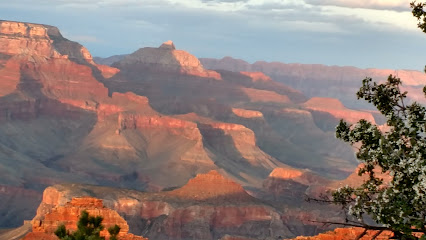
Hopi Point
Experience the stunning beauty of Hopi Point, a premier viewpoint in the Grand Canyon offering breathtaking landscapes and unforgettable sunsets.
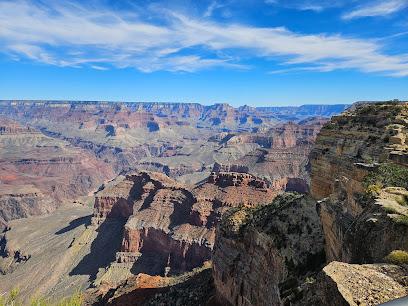
Hopi Point
Experience the breathtaking beauty of Hopi Point at the Grand Canyon, where stunning landscapes and unforgettable sunsets await every visitor.
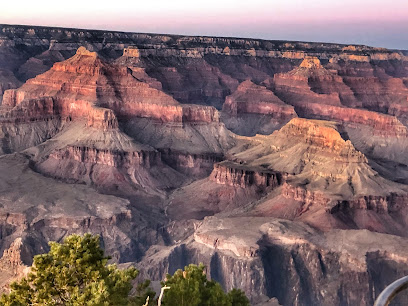
North Rim Visitor Center
Experience the serene beauty of the North Rim Visitor Center at the Grand Canyon, where nature and education come together for an unforgettable adventure.
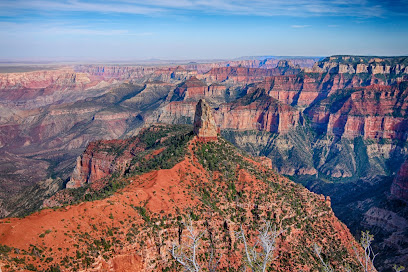
Grand Canyon Visitor Center IMAX
Discover the breathtaking beauty of the Grand Canyon at the Visitor Center IMAX, where stunning visuals meet educational experiences.
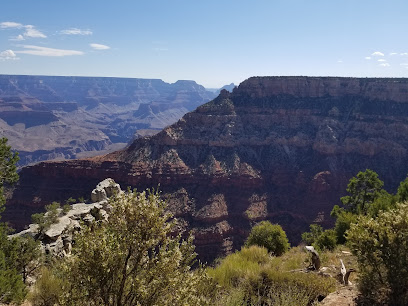
Navajo Point
Discover breathtaking views at Navajo Point, a stunning vista in Grand Canyon Village, offering unforgettable landscapes and rich cultural history.
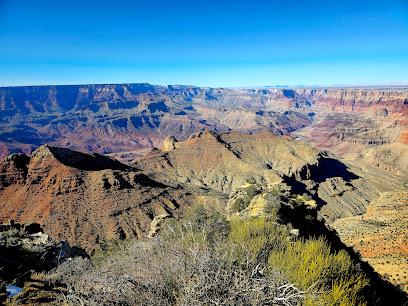
Grand Canyon Deer Farm LLC
Experience the enchantment of nature and wildlife at Grand Canyon Deer Farm in Williams, Arizona, a family-friendly attraction near the Grand Canyon.
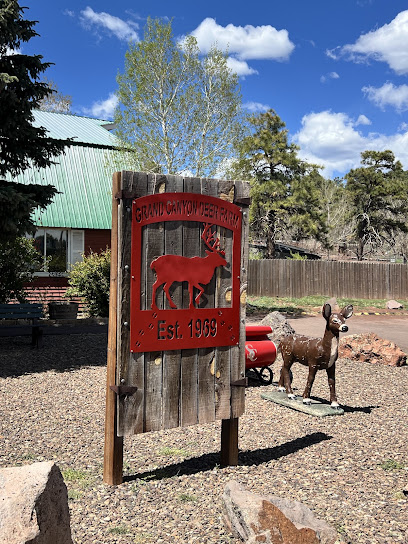
Grand Canyon Railway
Discover breathtaking views and rich history on the Grand Canyon Railway, your gateway to a remarkable adventure at one of nature's greatest wonders.
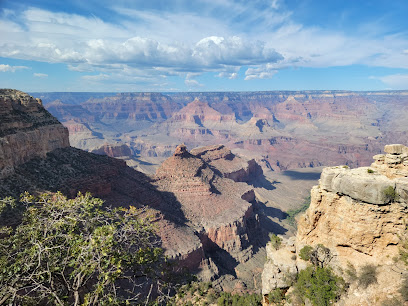
Mohave Point
Experience breathtaking views at Mohave Point, a top tourist attraction on the Grand Canyon's scenic Hermit Road.
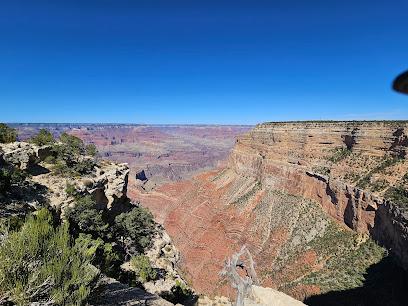
Mohave Point
Discover the breathtaking beauty of Grand Canyon National Park from Mohave Point, a premier vista point showcasing stunning canyon views.
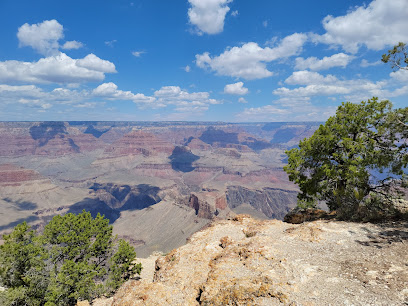
Essential places to dine
Pine Country Restaurant
Experience delightful American cuisine at Pine Country Restaurant in Williams, AZ—perfectly situated near the Grand Canyon.
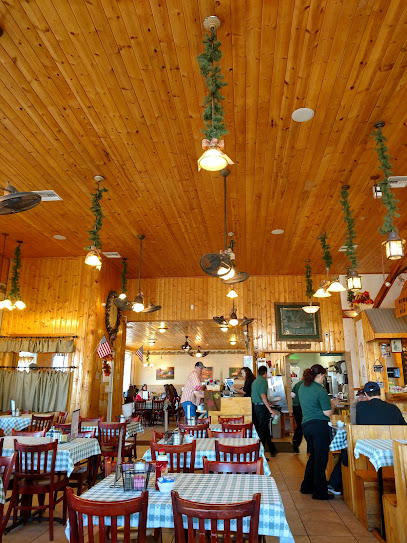
Plaza Bonita Restaurant
Experience authentic Mexican cuisine at Plaza Bonita Restaurant near Grand Canyon - where every meal is a fiesta!
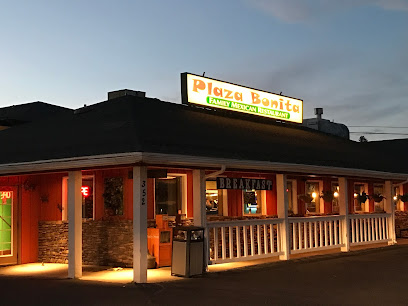
Cruiser's Route 66 Cafe
Experience classic American diner culture at Cruiser's Route 66 Cafe in Williams, Arizona - where nostalgia meets delicious comfort food.
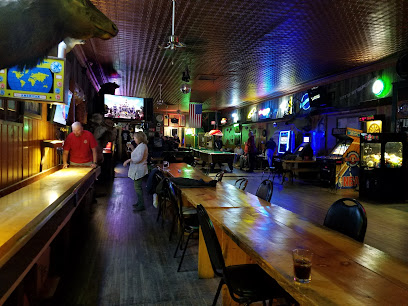
We Cook Pizza and Pasta
Savor authentic Italian flavors at We Cook Pizza and Pasta in Grand Canyon Village – where delicious pizzas meet breathtaking views.
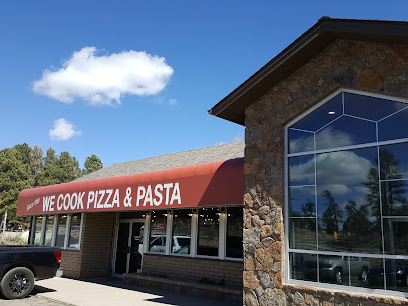
Big E Steakhouse & Saloon
Savor delicious steaks in the heart of Grand Canyon Village at Big E Steakhouse & Saloon - an American culinary delight surrounded by breathtaking views.
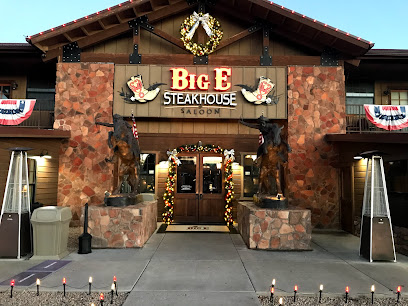
McDonald's
Enjoy affordable fast food near the Grand Canyon at McDonald's—perfect for travelers craving a quick meal.
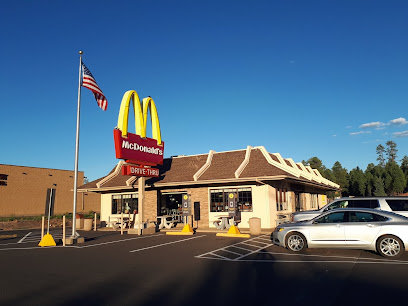
Anna's Canyon Cafe
Discover delicious breakfasts and lunches at Anna's Canyon Cafe in Williams, AZ - perfect for fueling your Grand Canyon adventures.
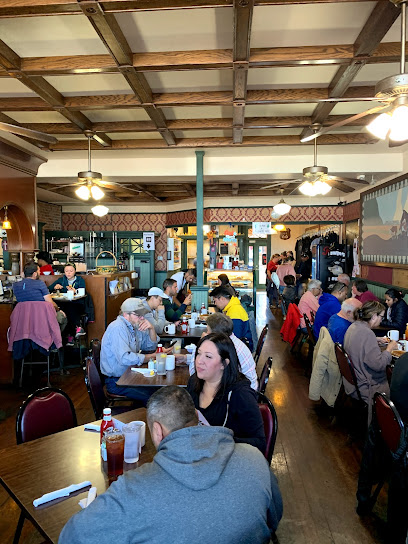
El Tovar Dining Room
Experience fine dining at El Tovar Dining Room with breathtaking views of the Grand Canyon and exquisite American & South American cuisine.
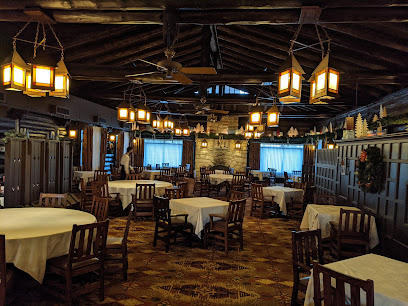
Yavapai Tavern
Experience delicious food and drinks at Yavapai Tavern in Grand Canyon Village – where adventure meets relaxation.
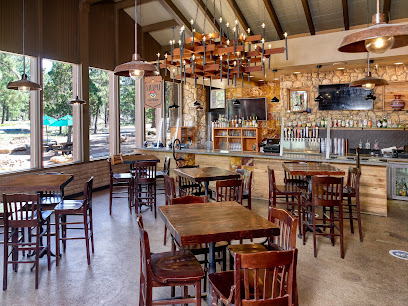
Red Raven Restaurant
Experience exquisite American cuisine at Red Raven Restaurant along Historic Route 66 in Williams, AZ - where flavor meets tradition.

Wendy's
Experience quick and tasty meals at Wendy's in Tusayan—your convenient stop near the Grand Canyon!

Foodie Club
Experience the flavors of Arizona at Foodie Club in Grand Canyon Village—where every meal is a journey through culinary excellence.
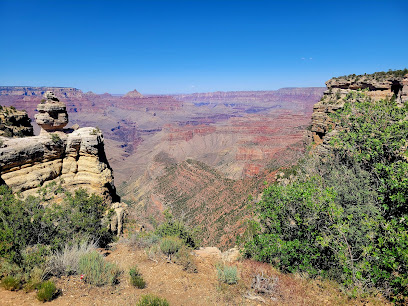
El Corral on 66
Experience the vibrant flavors of Mexico at El Corral on 66 in Williams, AZ – where every meal tells a delicious story.
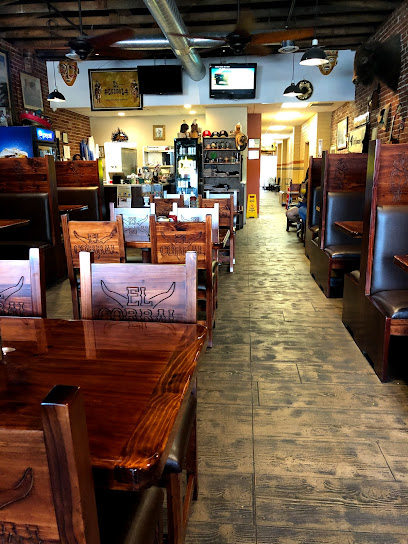
Peekaboo Canyon Wood Fired Kitchen
Experience delicious vegetarian cuisine at Peekaboo Canyon Wood Fired Kitchen in Kanab – where fresh ingredients meet wood-fired flavors.
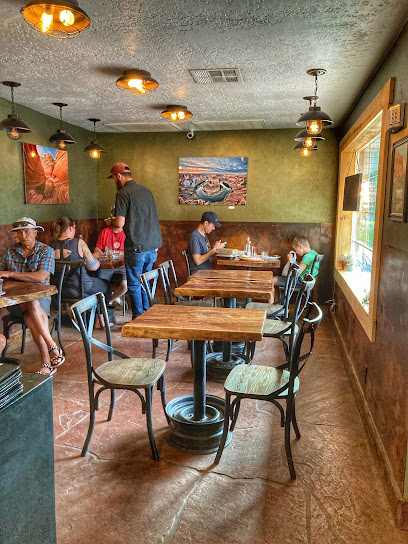
Sunset 89
Discover Sunset 89: Where exquisite cuisine meets breathtaking views in Page, Arizona.
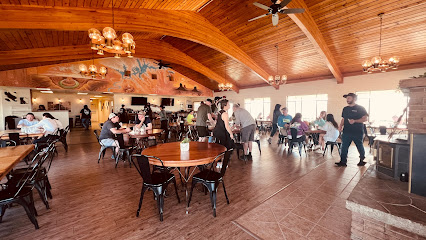
Markets, malls and hidden boutiques
Grand Canyon Village Market & Deli
Discover the Grand Canyon Village Market & Deli: Your go-to spot for groceries, camping gear, and delicious deli items in the heart of the Grand Canyon.
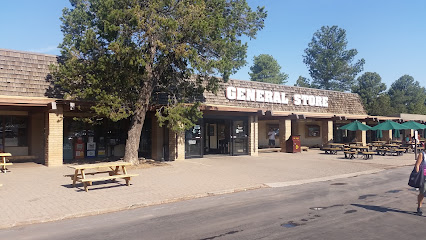
Tusayan General Store
Discover the Tusayan General Store, your go-to spot for groceries, souvenirs, and essential gear just minutes from the Grand Canyon.
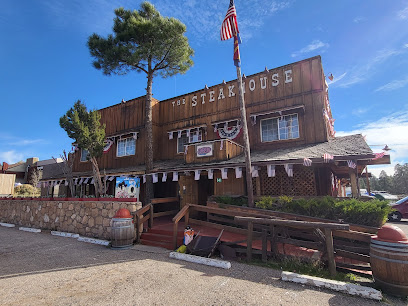
Willow Canyon Outdoor
Discover quality outdoor gear, delicious coffee, and expert advice at Willow Canyon Outdoor in Kanab, Utah, your adventure starts here.
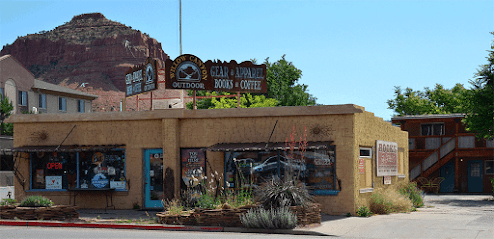
Grand Canyon National Park - Kolb Studio
Experience the perfect blend of literature and art at Kolb Studio in Grand Canyon National Park, where nature meets creativity.
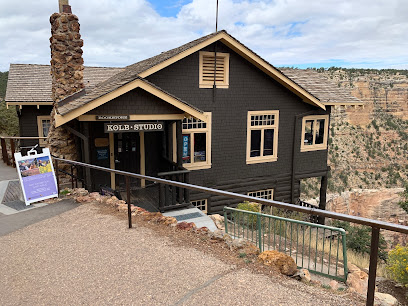
White Mountain Trading Post
Explore the charm of Utah at White Mountain Trading Post, a delightful gift shop featuring local crafts, outdoor gear, and unique souvenirs.
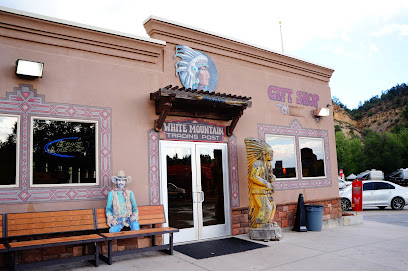
Grand Canyon Chocolate Factory
Discover the sweetest spot in Grand Canyon Village with handcrafted chocolates, delicious pastries, and aromatic coffee at the Grand Canyon Chocolate Factory.
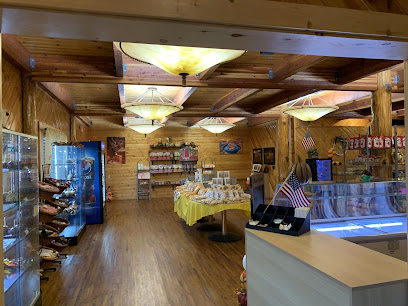
GCC Park Store at Grand Canyon Visitor Center
Discover the GCC Park Store at Grand Canyon Visitor Center for unique gifts, books, and souvenirs reflecting the grandeur of the Grand Canyon.
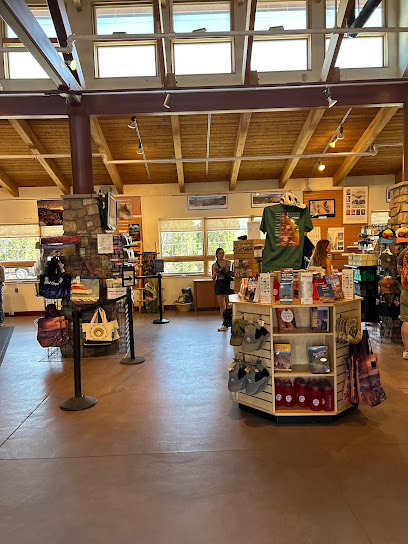
Homestead Tribal Arts
Explore Homestead Tribal Arts in Fredonia, AZ, for authentic Native American crafts and a unique glimpse into the region's rich cultural heritage.

Grand Canyon Trading Post
Discover the spirit of Native American artistry at the Grand Canyon Trading Post, a cultural gem offering unique handcrafted goods.
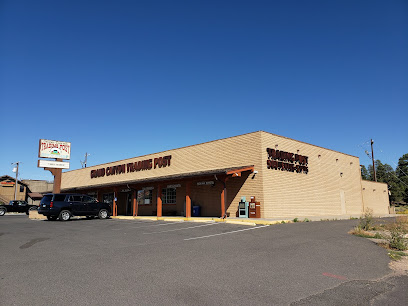
Addicted To Route 66
Explore the vibrant spirit of Route 66 at Addicted To Route 66, where souvenirs and local crafts meet the charm of Americana.
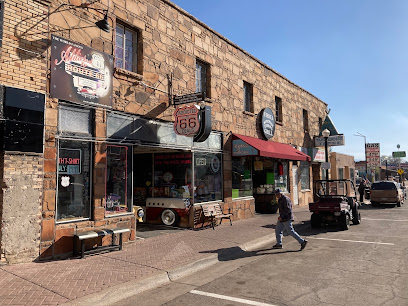
Desert View Market and Deli
Explore the Grand Canyon with convenience and flavor at Desert View Market and Deli, your go-to spot for groceries and fresh deli delights.
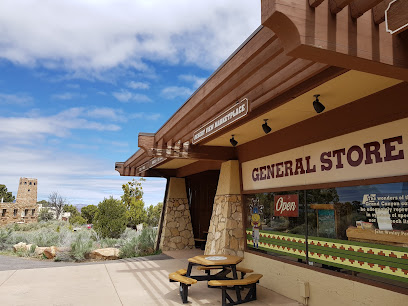
General Store
Discover the Grand Canyon Village General Store: your one-stop shop for supplies, souvenirs, and local flavor, right in the heart of the canyon.

North Rim Country Store
Explore the North Rim Country Store: Your one-stop shop for groceries, souvenirs, and seasonal goods in the heart of Northern Arizona.
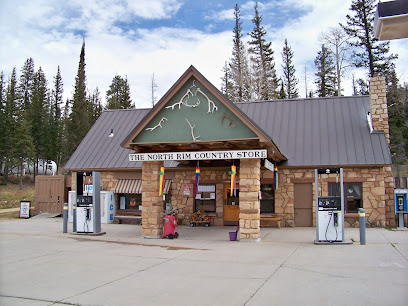
Zion Canyon Offerings
Explore Zion Canyon Offerings for unique gifts and artistic handicrafts that capture the spirit of Zion National Park and Springdale.
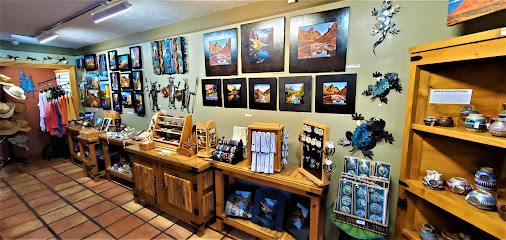
Copper Canyon Trading (Souvenirs & Saltwater Taffy)
Discover unique souvenirs and delicious saltwater taffy at Copper Canyon Trading, the quintessential gift shop in Williams, Arizona.
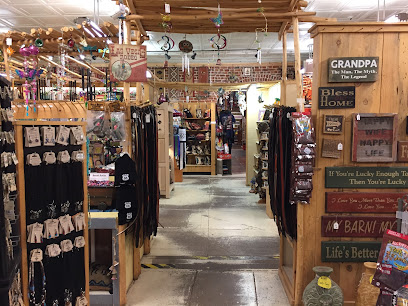
Essential bars & hidden hideouts
Kaibab National Forest
Discover the beauty of Kaibab National Forest, where towering trees and stunning landscapes await every adventurer seeking nature's tranquility.
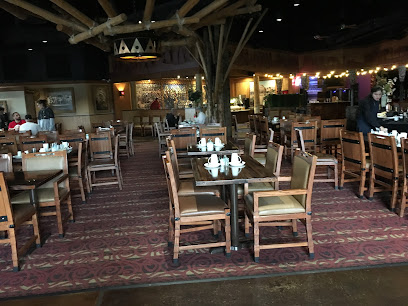
Plaza Bonita Restaurant
Experience the vibrant flavors of authentic Mexican cuisine at Plaza Bonita Restaurant in Grand Canyon Village, where every meal is a celebration.
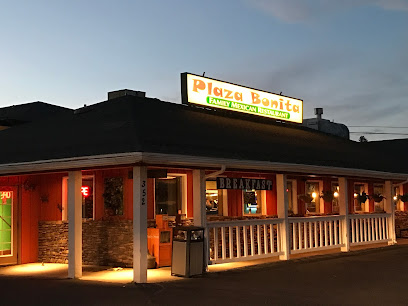
We Cook Pizza and Pasta
Experience authentic Italian cuisine at We Cook Pizza and Pasta, a delightful dining destination in the heart of Grand Canyon Village.

Big E Steakhouse & Saloon
Experience the best of Grand Canyon dining at Big E Steakhouse & Saloon, serving delicious steaks and classic American dishes in a charming atmosphere.
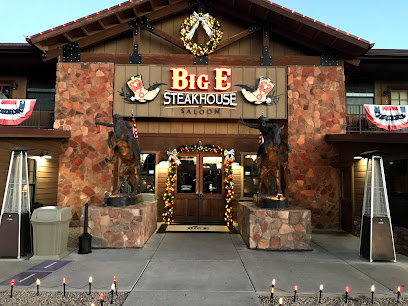
El Tovar Dining Room
Experience exquisite dining at El Tovar Dining Room, where fine American and South American cuisine meets breathtaking views of the Grand Canyon.
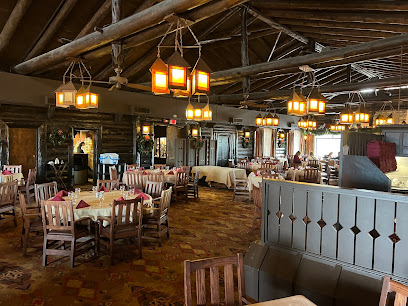
Yavapai Tavern
Experience the perfect blend of local cuisine and breathtaking views at Yavapai Tavern, a must-visit sports bar in Grand Canyon Village.
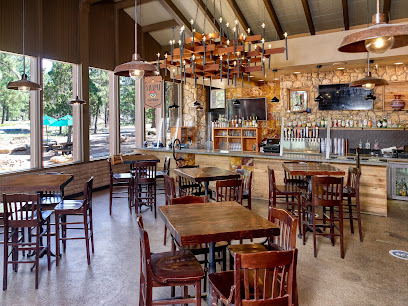
Arizona Steakhouse
Experience the taste of America with stunning Grand Canyon views at Arizona Steakhouse, a must-visit dining spot for tourists.

Jacob Lake Inn
Experience the perfect blend of comfort, local culture, and adventure at Jacob Lake Inn, your gateway to Northern Arizona's natural wonders.
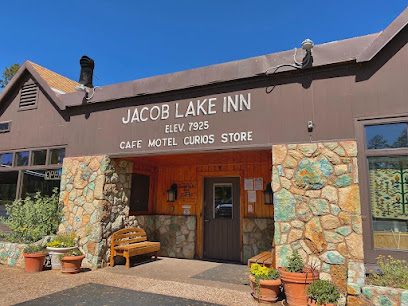
Maswik Food Court
Experience a delicious break at Maswik Food Court in Grand Canyon Village, where diverse meal options meet the stunning beauty of nature.
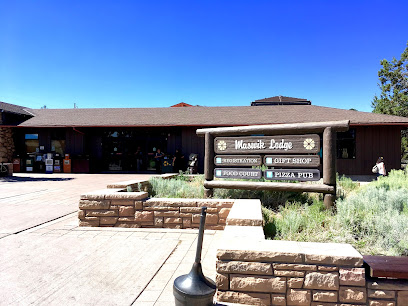
Kaibab Camper Village
Discover the tranquility of Kaibab Camper Village, a serene campground in Arizona's national forest, perfect for camping and outdoor adventures.

Kaibab Lodge
Experience the rustic charm and natural beauty of Kaibab Lodge, your perfect base for exploring the Grand Canyon.

Buckskin Tavern
Discover the vibrant atmosphere of Buckskin Tavern in Fredonia, Arizona, where great drinks and local charm come together.
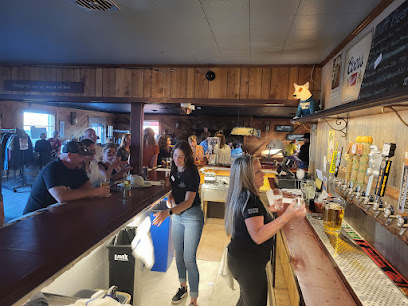
Chevron
Discover Chevron in Fredonia, the essential pit stop for travelers exploring Northern Arizona’s breathtaking landscapes and attractions.
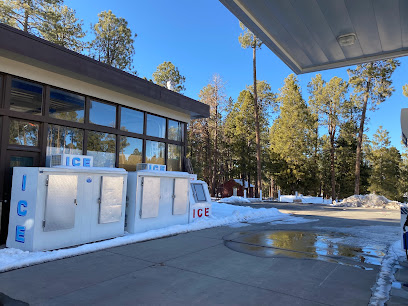
Williams
Explore the historic charm of Williams, Arizona, the gateway to the Grand Canyon, where Route 66 meets adventure and nostalgia.
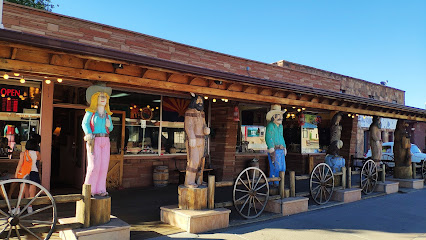
North Rim Country Store
Discover the North Rim Country Store - a charming general store offering groceries, souvenirs, and local goods near the Grand Canyon.
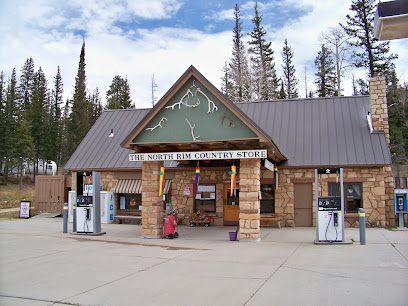
Local Phrases about Kaibab National Forest
-
- HelloYa'at'eeh
[yah-ah-tay] - GoodbyeAhe'hee'
[ah-hay-hey] - YesDóó
[doh] - NoT'áá
[taah] - Please/You're welcomeAhe'hee'
[ah-hay-hey] - Thank youEne'ezhí
[eh-nay-zhee] - Excuse me/SorryShík'é
[shee-kay] - How are you?Yá'át'ééh?
[yah-ah-tay] - Fine. And you?Bááháálá
[baa-haa-laa] - Do you speak English?Bizaad bik'eh hólóo da?
[bee-zaad bik-eh ho-loo dah] - I don't understandT'áá hwó'ají bíínííł
[taah hwo-ah-jee bee-nee-eel]
- HelloYa'at'eeh
-
- I'd like to see the menu, pleaseBaa hózhǫ́, leezhí
[baa ho-zho, lee-zhee] - I don't eat meatNaalchidí
[naal-chee-dee] - Cheers!Ahéhee'
[ah-hay-hey] - I would like to pay, pleaseBaa hózhǫ́, leezhí
[baa ho-zho, lee-zhee]
- I'd like to see the menu, pleaseBaa hózhǫ́, leezhí
-
- Help!T'áá hwó'ají bíínííł
[taah hwo-ah-jee bee-nee-eel] - Go away!Ha'diin
[ha-deen] - Call the Police!Naaltsoos
[naal-tsoos] - Call a doctor!Bilasáana
[bee-laa-saa-na] - I'm lostDóó k'ehjí dííjí
[doh keh-jee dee-jee] - I'm illK'é
[kay]
- Help!T'áá hwó'ají bíínííł
-
- I'd like to buy...Baa' yázhí
[baa yaa-zhee] - I'm just lookingAshkiihí
[ash-kee-hee] - How much is it?Shádí
[shaa-dee] - That's too expensiveAaa, at'ééd
[ah-ah, ah-tay-ed] - Can you lower the price?T'áá hwó'ají bíínííł
[taah hwo-ah-jee bee-nee-eel]
- I'd like to buy...Baa' yázhí
-
- What time is it?Táá 'éí baa hózhǫ́
[taah ay-ee baa ho-zho] - It's one o'clockTʼáá yáʼátʼééh yázhí
[taah yah-ah-tay yaa-zhee] - Half past (10)Naalniih
[naal-nee-hee] - MorningYííni
[yee-nee] - AfternoonBik'eh hóló
[beek-eh ho-loh] - EveningT'áá hwó'ají
[taah hwo-ah-jee] - YesterdayÉíjí
[ay-jee] - TodayJíí
[jee] - TomorrowWóózh
[woh-zh] - 1Tʼáá
[taah] - 2Naaki
[naa-kee] - 3Táá
[taah] - 4Dį́į́ʼ
[dee-ee] - 5Ashdla'
[ash-dlah] - 6Tłʼoh
[tlo] - 7Tʼááłá'
[taah-laa] - 8Tseebíí'í
[say-bee-ee] - 9Néi'í
[nay-ee] - 10Ałtse'
[alt-say]
- What time is it?Táá 'éí baa hózhǫ́
-
- Where's a/the...?Háí
[haa-ee] - What's the address?Yíí at'ééd
[yee ah-tay-ed] - Can you show me (on the map)?T'áá hwó'ají bíínííł
[taah hwo-ah-jee bee-nee-eel] - When's the next (bus)?T'áá hwó'ají bíínííł
[taah hwo-ah-jee bee-nee-eel] - A ticket (to ....)T'áá hwó'ají bíínííł
[taah hwo-ah-jee bee-nee-eel]
- Where's a/the...?Háí
History of Kaibab National Forest
-
Long before European settlers arrived, the Ancestral Puebloans inhabited the region that is now Kaibab National Forest. These early Native American tribes thrived in the area, leaving behind remnants of their sophisticated cliff dwellings, pottery, and petroglyphs. Evidence suggests that they utilized the forest’s resources for hunting, gathering, and shelter, contributing to a rich cultural tapestry that dates back over a thousand years.
-
The Kaibab Paiute, part of the Southern Paiute tribe, have lived in the area surrounding the Kaibab Plateau for centuries. They referred to the region as 'Kaivavits,' meaning 'mountain lying down,' which eventually lent its name to the forest. The Kaibab Paiute were skilled in utilizing the forest’s diverse ecosystem for their subsistence, engaging in hunting, gathering, and traditional agriculture.
-
In the late 19th century, John Wesley Powell, a renowned geologist and explorer, led expeditions through the Kaibab Plateau as part of his larger surveys of the Colorado River and the Grand Canyon. Powell’s detailed reports and maps were instrumental in bringing national attention to the unique geological formations and biodiversity of the Kaibab region.
-
Kaibab National Forest was officially established in 1909 by President Theodore Roosevelt. Initially part of the Grand Canyon National Forest, it was later designated as a separate entity to protect the diverse flora and fauna, including the majestic Kaibab mule deer and Ponderosa pine forests. This designation marked the beginning of federal stewardship aimed at preserving the natural beauty and ecological significance of the area.
-
During the Great Depression, the Civilian Conservation Corps (CCC) played a pivotal role in developing infrastructure within Kaibab National Forest. From 1933 to 1942, the CCC built roads, trails, campgrounds, and fire towers, many of which are still in use today. Their efforts not only provided employment during challenging economic times but also laid the groundwork for modern forest management and conservation practices.
-
During World War II, Kaibab National Forest served an unexpected role as a training ground for soldiers. The rugged terrain and diverse landscape provided ideal conditions for practicing maneuvers and survival skills. Additionally, the forest supplied timber for the war effort, contributing to the construction of military facilities and equipment.
-
In recent decades, Kaibab National Forest has been at the forefront of various conservation initiatives. Efforts to manage and restore natural habitats, combat invasive species, and promote sustainable recreation are ongoing. Partnerships between federal agencies, local governments, and indigenous tribes aim to ensure that the forest remains a vibrant and healthy ecosystem for future generations.
Kaibab National Forest Essentials
-
Kaibab National Forest is located in northern Arizona. The nearest major city is Flagstaff, which has a regional airport, Flagstaff Pulliam Airport (FLG). From Flagstaff, you can drive to the forest; it's roughly an hour's drive to the southern boundary. If flying into a larger airport, Phoenix Sky Harbor International Airport (PHX) is about a three-hour drive south of Flagstaff. Renting a car is highly recommended for exploring the area, as public transport options are limited.
-
Once in Kaibab National Forest, having your own vehicle is essential for getting around, as the forest spans over 1.6 million acres. Roads within the forest can be unpaved and rugged, so a vehicle with good ground clearance is advisable. There are no public transportation options within the forest itself. For those who prefer not to drive, guided tours are available and can provide transportation to key sites.
-
The official currency in the United States is the US Dollar (USD). Credit and debit cards are widely accepted, but it's advisable to carry cash, especially for entrance fees, smaller shops, and some remote areas where card payment may not be available. ATMs are available in nearby towns like Williams and Flagstaff, but it's wise to withdraw sufficient cash before heading into the forest.
-
Kaibab National Forest is generally safe for tourists, but it is always important to exercise caution. Be aware of your surroundings and follow posted guidelines, especially when hiking or exploring remote areas. Crime rates targeting tourists are low, but standard precautions should be taken, such as securing valuables and not leaving them visible in your vehicle. Weather conditions can change rapidly; always be prepared with appropriate clothing and gear.
-
In case of emergencies, dial 911 for immediate assistance. For non-emergency situations, the Coconino County Sheriff's Office can be contacted. It's crucial to have a map and a fully charged phone, although cell service can be spotty. Inform someone about your plans and expected return time. Carry a basic first aid kit, plenty of water, and know the location of the nearest medical facilities, which are in Flagstaff or Williams.
-
Fashion: Do wear comfortable, weather-appropriate clothing and sturdy hiking boots. Avoid wearing flip-flops or open-toed shoes. Religion: Respect the local Native American heritage sites by following posted guidelines and not disturbing sacred areas. Public Transport: There is no public transport within the forest; plan to drive or join guided tours. Greetings: Be friendly and respectful when interacting with locals and park staff. A simple 'hello' or 'good morning' is always appreciated. Eating & Drinking: Do pack out all trash and leftovers. Don’t feed the wildlife, as this can be harmful to the animals.
-
To experience Kaibab National Forest like a local, visit during the off-peak seasons in spring and fall when the weather is pleasant and the crowds are thinner. Take your time exploring less-visited areas like the North Kaibab Ranger District. Participate in ranger-led programs to gain insights into the forest’s ecology and history. For a unique experience, try night hiking or stargazing, as the forest offers some of the darkest skies in the continental United States.
Trending Landmarks in Kaibab National Forest
Nearby Cities to Kaibab National Forest
-
Things To Do in Flagstaff
-
Things To Do in Sedona
-
Things To Do in Page
-
Things To Do in Kanab
-
Things To Do in Prescott
-
Things To Do in Winslow
-
Things To Do in Mt Carmel
-
Things To Do in Springdale
-
Things To Do in Kingman
-
Things To Do in St. George
-
Things To Do in Bryce Canyon City
-
Things To Do in Mesquite
-
Things To Do in Escalante
-
Things To Do in Cedar City
-
Things To Do in Panguitch



